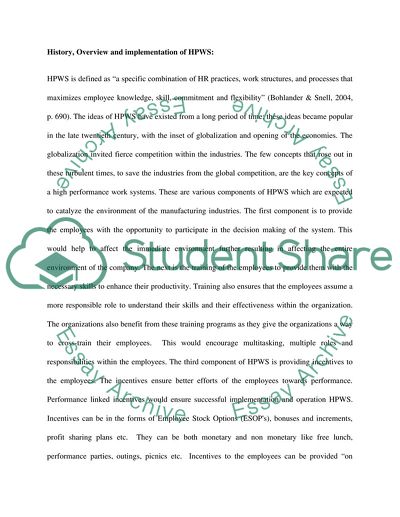Cite this document
(High Performance Work Systems Research Paper Example | Topics and Well Written Essays - 2000 words, n.d.)
High Performance Work Systems Research Paper Example | Topics and Well Written Essays - 2000 words. Retrieved from https://studentshare.org/systems-science/1738901-high-performance-work-systems
High Performance Work Systems Research Paper Example | Topics and Well Written Essays - 2000 words. Retrieved from https://studentshare.org/systems-science/1738901-high-performance-work-systems
(High Performance Work Systems Research Paper Example | Topics and Well Written Essays - 2000 Words)
High Performance Work Systems Research Paper Example | Topics and Well Written Essays - 2000 Words. https://studentshare.org/systems-science/1738901-high-performance-work-systems.
High Performance Work Systems Research Paper Example | Topics and Well Written Essays - 2000 Words. https://studentshare.org/systems-science/1738901-high-performance-work-systems.
“High Performance Work Systems Research Paper Example | Topics and Well Written Essays - 2000 Words”, n.d. https://studentshare.org/systems-science/1738901-high-performance-work-systems.


